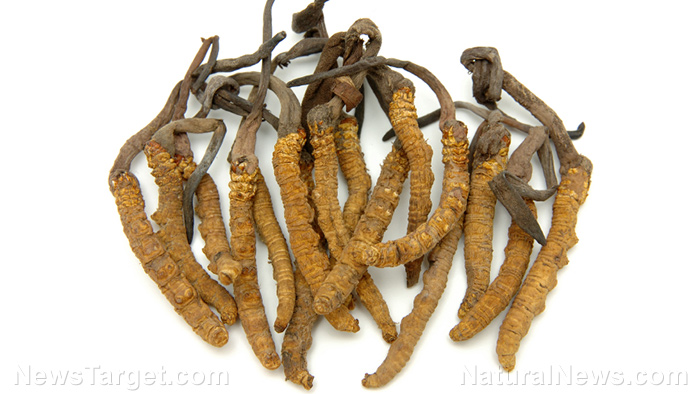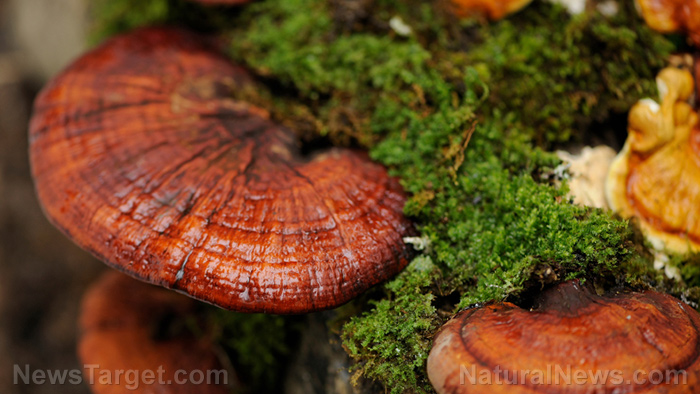
Cordyceps is referred to as "treasured entomopathogenic fungi" that offer a number of known benefits. It has been described to contain anti-tumor, immunomodulating, antioxidant, and even pro-sexual agents. Indeed, it is believed that Cordyceps can offer these things and more to those who partake in them, which is why interest in them has continued to grow over the past few years.
The study looked at the content and pharmacological activities of four different major industrial species of Cordyceps, namely C. sinensis, C. militaris, C. cicadae, and C. sobolifera. The researchers highlighted the effect of using different methods of fermentation and production on the morphology and chemical content of each Cordyceps species. They also laid out the various bottlenecks in the process of producing the Cordyceps and all the challenges facing its research now and in the future, at least in Taiwan.
For a little background, Cordyceps is classed as a certain kind of medicinal mushroom, and it possesses certain properties. Upon taking into account all of the relevant factors in their study, the researchers concluded a number of things about the four different Cordyceps species that they focused on their study.
According to the researchers, they selected the four Cordyceps species based on their potent pharmacological activities and marketing potential. Previous studies had shown that these species were able to show potent anti-tumor, anti-inflammatory, and various lung-kidney protective effects in humans. Not to mention, the vast majority of people who rely on them regularly are known to use them mainly for their stamina boosts.
The researchers also mentioned in their study that there are an estimated 500 different species of medicinal mushrooms in existence, based on the literature on the topic. A species of Cordyceps is among the most important genera and is one of the most popular in the Taiwanese market. They rightly pointed out that due to market forces, four main species of Cordyceps have been developed as functional foods with profitable economic value. That is, the market is thriving, and only the supply side of the equation needs to be worked on.
After their tests, the researchers found that the major active compounds of the Cordyceps species were cordycepin and adenosine. As for the rest of the potential compounds that are also present, the researchers remarked that further investigation would be needed.
They also identified certain elements that contributed to some of the known properties of Cordyceps. Cerebrosides were said to be key components with potent anti-inflammatory activity. And quality markers of Cordyceps were said to include fatty acids, nucleosides, polysaccharides, sterols, and sugars.
The bottom line, based on the information gathered and conclusions presented by the researchers, is that Cordyceps probably isn't going away anytime soon. In fact, you can probably expect it to become even more prominent as a known natural performance enhancer, among other things. The fact that it can also deliver other benefits like improved mental health and lowered stress levels is merely icing on the cake.
Catch more interesting pieces on medicinal herbs in Organics.news.
Sources include:
Please contact us for more information.























